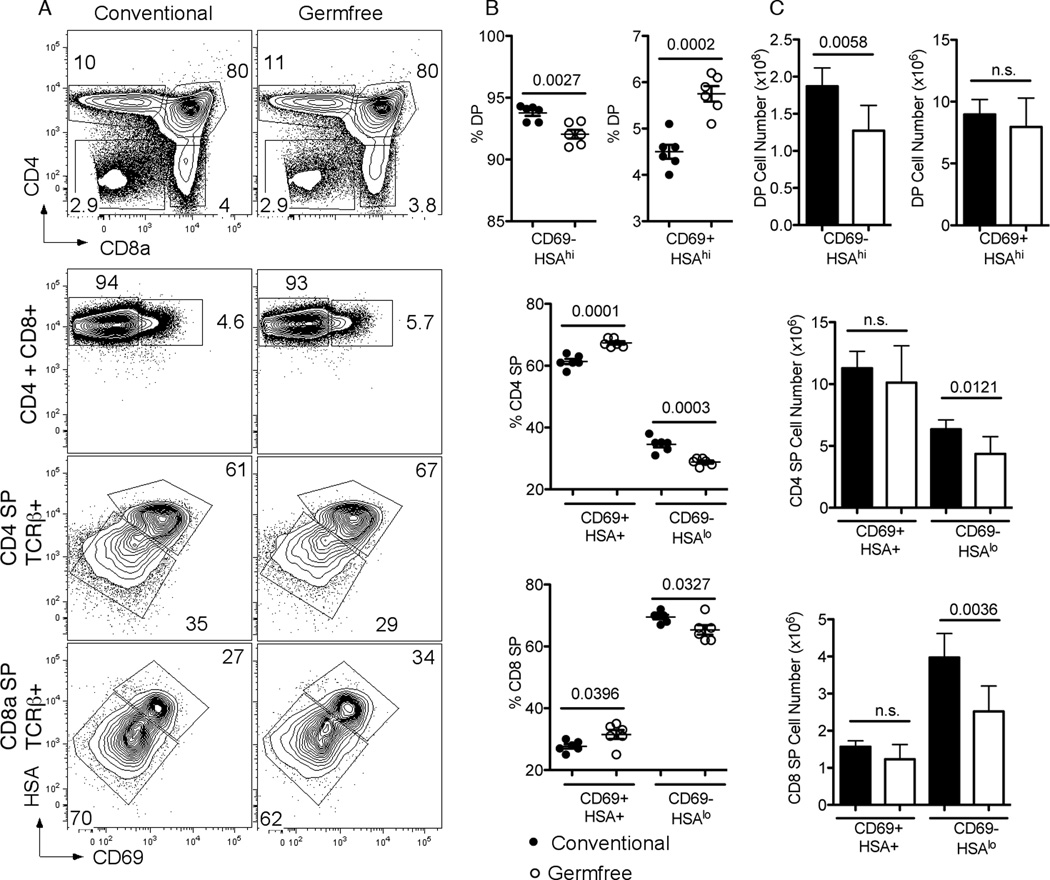Figure 8. Absence of commensal bacteria affects thymocyte maturation.
(A) Representative flow cytometry plots from the thymus of conventionally housed C57BL/6 (left column) and germ-free mice (right column) stained for CD4 and CD8a (top row). Numbers in plots represent percentages of depicted populations. Representative flow cytometry plots of thymocytes stained for HSA and CD69 (bottom three rows). Shown are gated thymocyte subsets of CD4+CD8+ (DP) (top row), CD4SP TCRb+ (middle row), and CD8SP TCRb+ thymocytes (bottom row) from conventionally housed C57BL/6 (left column) and germ-free C57BL/6 mice (right column). Numbers in plot represent percentages of depicted population. Proportions (B) and numbers (C) of thymocyte subpopulations of conventionally housed C57BL/6 (black) and germ-free C57BL/6 mice (white) are shown. Bars represent the mean 6 SD. Statistical analysis with two-tailed unpaired t tests was performed. In (B) and (C), data represent results from six mice per group analyzed.

